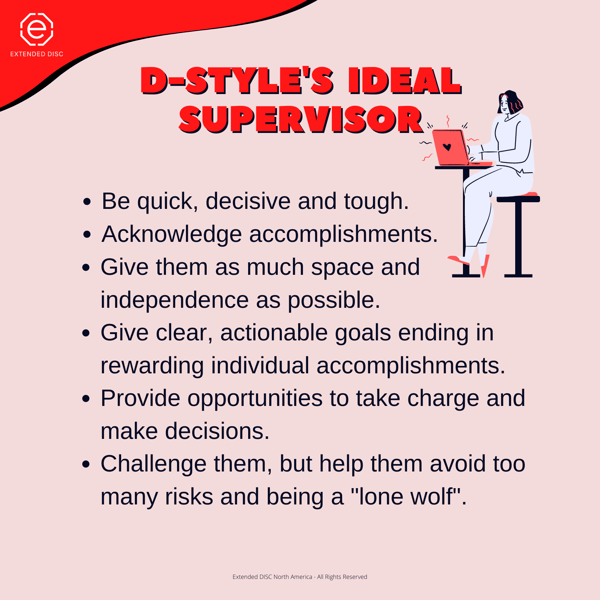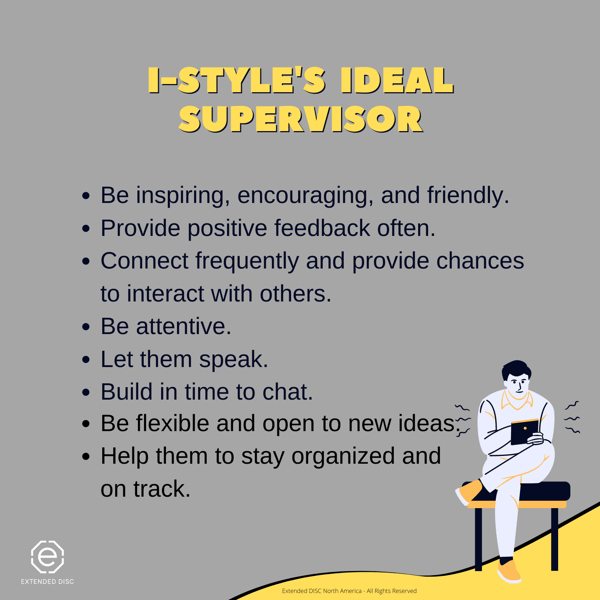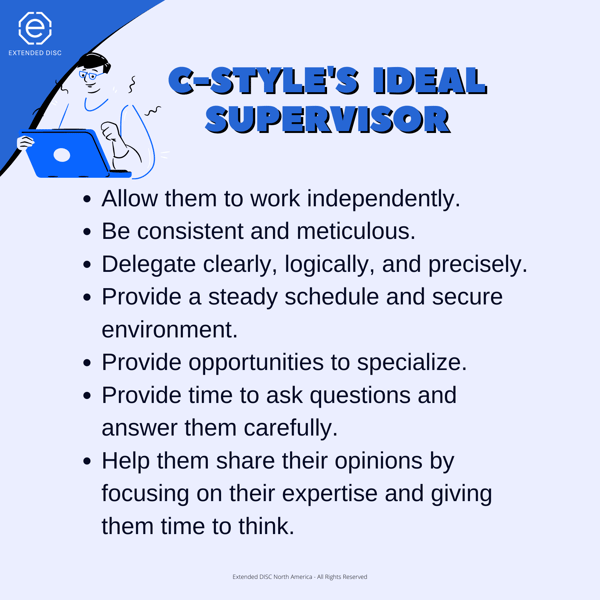Virtual teams have emerged as a fixture in 2020 so how have you helped your team adjust to stay productive?
Holding meetings at the office has always been a part of our regular workday, but 2020 changed it all. We're not always able to come together in person. These changes impact how we interact with each other and our team's productivity.
Communication, even to the point of over-communication, is more important than ever. How we go about it is going to require some resetting. Team dynamics will change in a virtual world. You will find your team members responding differently to these changes. Some of them may find the significant drop in interactions quite comfortable, while others can be frustrated.
As team leaders, what adjustments have you considered or made to support your team through these changes?
The perfect team

Just kidding - we all know there's no such thing as a perfect team or a perfect leader. However, leaders enable the best teams to own their strengths, not ignore their challenges, and know when it is better to adjust their styles. These very same traits will help the team rise to the present transitions.
Traditionally, teams are used to having face-to-face interactions and shared physical connectivity. Your team members are used to working in the same physical space; spontaneously interacting and reading nonverbal cues to get more out of their interactions. Remote work has changed their ways of interacting with each other, and some of them may need your support to get caught up to the changes.
First off, we should see these changing interactions as not being better and worse; just a new and different normal. As the leader of a team, you set the tone for your team's interactions. The more tools available to you, the better prepared you and your team can be.
So, how can DISC help your remote team?
Remote work and DISC
As in any interaction, we can take our own style for granted and assume everyone communicates the same way we do. It takes conscious effort and practice to recognize how our team members prefer to do things; and may take even more energy to do it remotely. The Extended DISC® Remote Worker Self-Study Workbook, Extended DISC® Individual Assessment,, and Extended DISC® Team Assessment are some tools designed to help your team members self-identify their own behavioral preferences, as well as those of their team members. Most importantly, it provides supporting information for your team to make adjustments to better their interactions.
How is remote work different, besides not being at the same place? Communication may take more effort, and we need to find new ways to enhance dynamics by identifying our behavioral preferences; our motivators and things that tend to drain our energies.
Your leadership style
 As leaders, we are tasked with maximizing productivity and reaching team goals. While we are in charge, we can't force our team to work or respond the way we always want. You may want a quicker response, to stay on schedule, or receive updates more regularly. Ultimately, we can't force them to adjust for us. It may feel quite uncomfortable; taking a lot of time and energy away from them. So, how can you, as the manager, help? One thing you can do is to make your own adjustments.
As leaders, we are tasked with maximizing productivity and reaching team goals. While we are in charge, we can't force our team to work or respond the way we always want. You may want a quicker response, to stay on schedule, or receive updates more regularly. Ultimately, we can't force them to adjust for us. It may feel quite uncomfortable; taking a lot of time and energy away from them. So, how can you, as the manager, help? One thing you can do is to make your own adjustments.
Share how you plan to stay connected to them and how you will keep the team connected. Be open to suggestions for how they prefer to work remotely. DISC helps remind you that your style is going to be different than your team members.
It's a great time to revisit and reset how your team does things. You can use DISC to help your team focus on the behaviors that are most critical, right now, to your team’s effectiveness. Revisit your team goals and identify the behaviors needed to attain the goals. Do you need to reassign roles? Do you need to change how you update each other and how to coordinate communication?
Recognize some team members may need more support directly related to their responsibilities or challenges in their new remote work setting. You may need to keep some of your team members, who take their independence and run with it, on task. The bottom line as a manager is to look at your own leadership style; how you prefer to lead, how you handle change and pressure, and understanding how your team prefers to work remotely.
Tips for leading your D-styles virtually
 Your D-styles will respond more positively if you give them space and more independence. They want clear, actionable goals that reward their individual accomplishments. D-styles respond well to challenging tasks and opportunities to take charge. As their manager, you can help them avoid making too many risky decisions. You may also need to remind them to check in and collaborate with their team; which in a remote work setting can be even more challenging.
Your D-styles will respond more positively if you give them space and more independence. They want clear, actionable goals that reward their individual accomplishments. D-styles respond well to challenging tasks and opportunities to take charge. As their manager, you can help them avoid making too many risky decisions. You may also need to remind them to check in and collaborate with their team; which in a remote work setting can be even more challenging.
In virtual meetings, your D-styles may respond better to check-ins if you ask each team member to use just one word to describe their present status. It's quick and to the point. Try taking care of tasks up front, especially ones you need them to be a part of, and then be flexible to allow them to multi-task during the rest of the meeting.
Tips for leading your I-styles virtually
 Keep it personal and connect in real time as much as possible. Encourage your I-styles to call or connect on virtual meetings. Focus less on written communication, but when you do, keep it short and personable. Don't forget to do spontaneous check-ins just to say "hi" and check how they're doing. Leave your virtual door open for them to connect on a personal and emotional level.
Keep it personal and connect in real time as much as possible. Encourage your I-styles to call or connect on virtual meetings. Focus less on written communication, but when you do, keep it short and personable. Don't forget to do spontaneous check-ins just to say "hi" and check how they're doing. Leave your virtual door open for them to connect on a personal and emotional level.
Consider a variety of fun approaches to some team meetings. Have them take charge of the social aspects of team get togethers. Ask their input on how to focus on the positives and how they can help maintain the community of the team.
I-styles love a variety of contacts so also, give them opportunities to connect with others. As the leader, we may be interacting with some team members more than others, but need to remember our I-styles work harder when they are happier.
Tips for leading your S-styles virtually
 Your S-styles may not vocalize their heightened stress and concerns. They are likely to benefit from your additional support through these changes. You may need to slow down and provide more reassurance to help your S-styles maintain a sense of stability. They will feel more comfortable if you answer their questions patiently, check in on them, and provide clear directions.
Your S-styles may not vocalize their heightened stress and concerns. They are likely to benefit from your additional support through these changes. You may need to slow down and provide more reassurance to help your S-styles maintain a sense of stability. They will feel more comfortable if you answer their questions patiently, check in on them, and provide clear directions.
Your S-style team members need more time to consider what’s working and not working; be more patient and be a sounding board. They may find it more difficult to prioritize between work and family; feeling a strong pull from both sides. You can give them time to process work responsibilities, ask questions, and share their concerns. However, they may not share easily in a virtual meeting; consider a one-on-one virtual coffee break.
You can help them be more productive by offering support and helping them to see the positives. They may need your help to speak up more and start quicker. Make sure you are sincerely acknowledging where your team work is working well and lay out a clear path for the team to succeed.
Tips for leading your C-styles virtually
 It's easy to assume C-styles excel at remote work because they prefer to focus and work independently. However, they may feel stressed being out of their routine and having distractions at home they would not normally have at work. Help them recreate logical systems and routines and provide detailed instructions.
It's easy to assume C-styles excel at remote work because they prefer to focus and work independently. However, they may feel stressed being out of their routine and having distractions at home they would not normally have at work. Help them recreate logical systems and routines and provide detailed instructions.
If there are changes, they will respond better if you provide the rationale for the changes. Delegate logically and precisely. Encourage and support their desire to specialize. They may prefer regular email check-ins over virtuals and phone calls.
Remember, take the time to answer their questions carefully. You can help your C-styles thrive in a remote setting by helping them create a steady routine, giving them detailed information and time to think and decide. In addition, you can help them by encouraging them to share their opinions, especially when focusing on their expertise.
Remember, most of the tips here are things we probably already do regularly, but in our changing world, it may take more effort. As the leader, you can guide your team in how to make better adjustments. Putting extra energy up front can lead to smoother and greater team productivity down the road.

